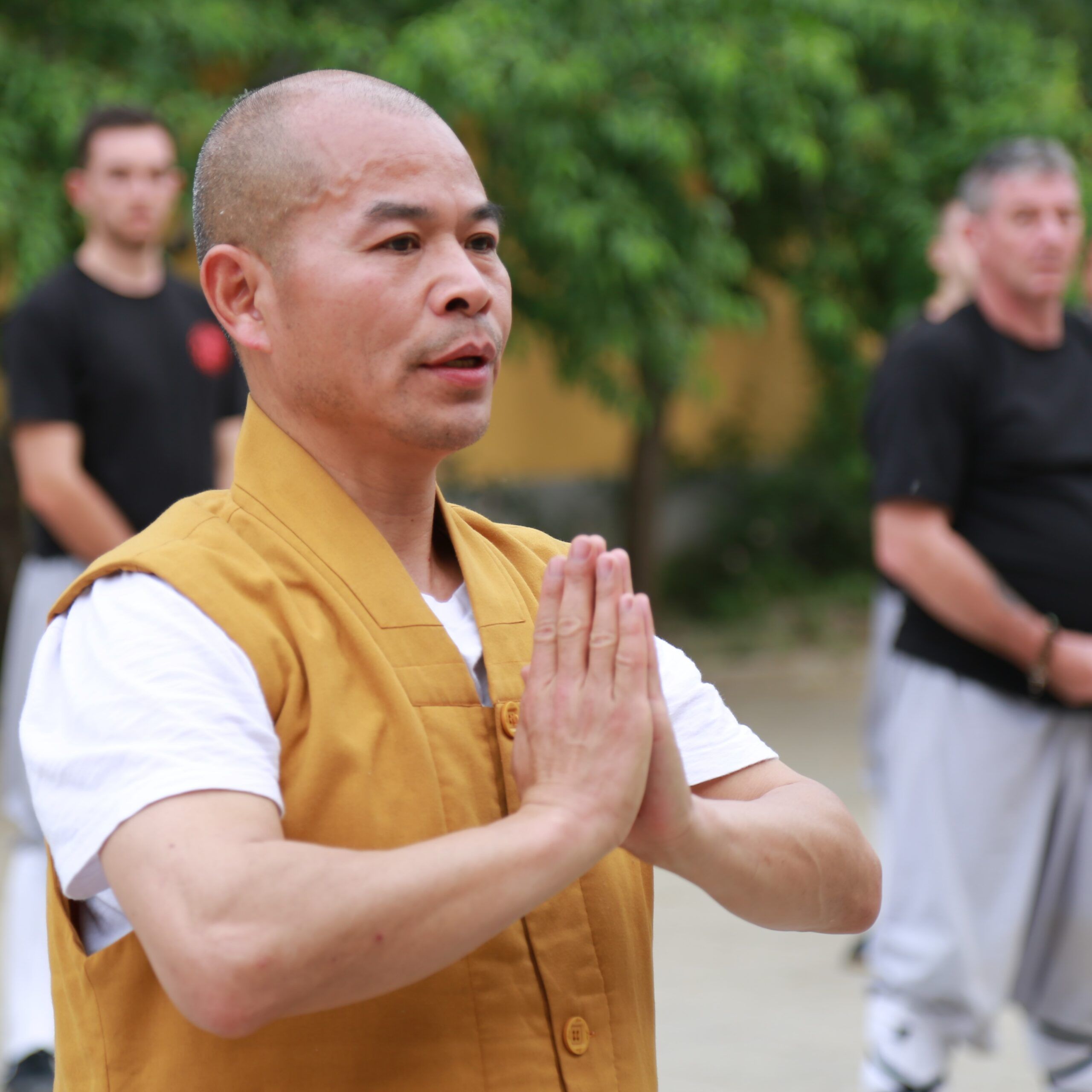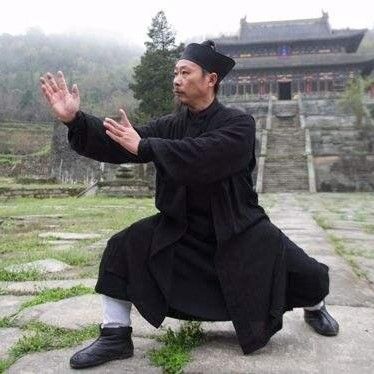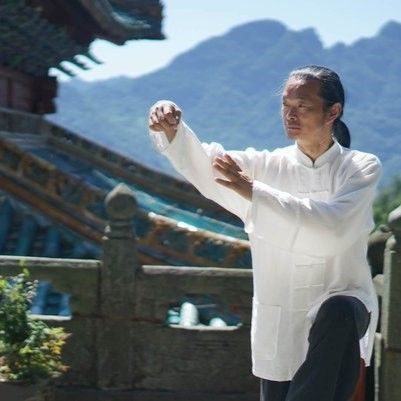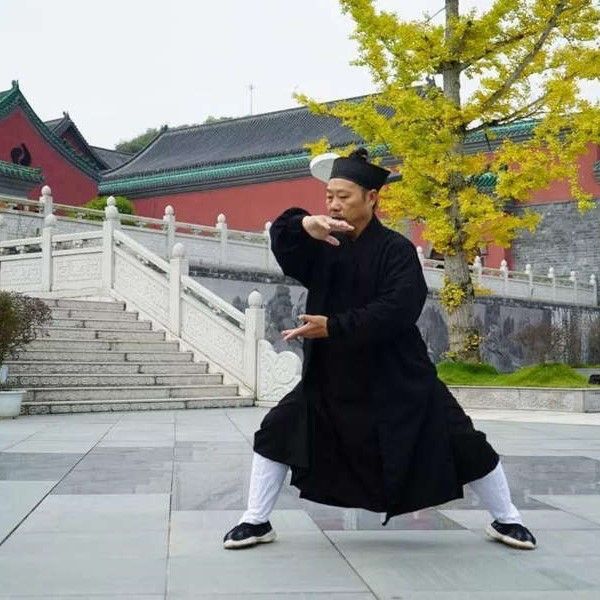
The Ancient Art of Tai Chi: A Journey into Mindful Movement
Introduction
In the bustling world of fitness trends and exercise routines, there exists an ancient practice that transcends the boundaries of physical activity—it is the serene and graceful art of Tai Chi. Originating in ancient China, Tai Chi has evolved from a martial art into a beloved practice embraced by millions around the globe for its profound impact on both physical and mental well-being. This blog post takes you on a journey into the rich history and philosophy of Tai Chi, exploring how it has become a powerful tool for cultivating mindfulness and holistic health.
To truly understand Tai Chi, one must delve into its deep connection with Taoist philosophy. Tai Chi embodies the principles of Yin and Yang, opposites that are interdependent and in constant flux. The slow and deliberate movements of Tai Chi symbolize the harmonious balance of these opposing forces, fostering a sense of unity within the practitioner.



Origins and History
Tai Chi, also known as Tai Chi Chuan, traces its roots back to ancient China, with its exact origins shrouded in the mists of time. Legend has it that a Taoist monk, Zhang Sanfeng, created Tai Chi in the 12th century after witnessing a snake and a crane engage in a mesmerizing dance. Drawing inspiration from the fluid movements of these animals, Zhang Sanfeng developed a series of slow, deliberate movements that emphasized balance, coordination, and energy flow.
Initially conceived as a martial art, Tai Chi was later refined by various masters and families in China, each contributing their unique insights and techniques. The art gained popularity within the martial arts community for its emphasis on internal energy (qi) and the application of circular and flowing movements to deflect external force.
Connection to Taoist Philosophy
Taoism’s influence is evident in the emphasis on Wu Wei, the concept of effortless action. In Tai Chi, practitioners learn to move with minimal effort, allowing energy to flow naturally through the body. This mindful approach not only enhances physical performance but also cultivates a state of mental calmness and clarity.



Mindful Movement for Holistic Well-being
In modern times, Tai Chi has transcended its martial origins and gained widespread recognition for its holistic benefits. The slow, controlled movements of Tai Chi serve as a form of moving meditation, promoting mindfulness and a heightened awareness of the present moment. As practitioners synchronize their breath with the gentle flow of movements, stress melts away, and a sense of tranquility takes over.
Research has shown that regular practice of Tai Chi can lead to various health benefits, including improved balance, flexibility, and cardiovascular health. Moreover, its meditative aspect has been linked to reduced anxiety, better cognitive function, and enhanced overall well-being.
Conclusion
The ancient art of Tai Chi stands as a testament to the enduring wisdom of ancient cultures and their ability to create practices that transcend time. From its mysterious origins in China to its current status as a global phenomenon, Tai Chi has evolved into a powerful tool for cultivating mindfulness and holistic well-being. As we continue to navigate the fast-paced demands of modern life, perhaps the slow and deliberate movements of Tai Chi offer a path to balance, serenity, and a deeper connection with ourselves and the world around us.